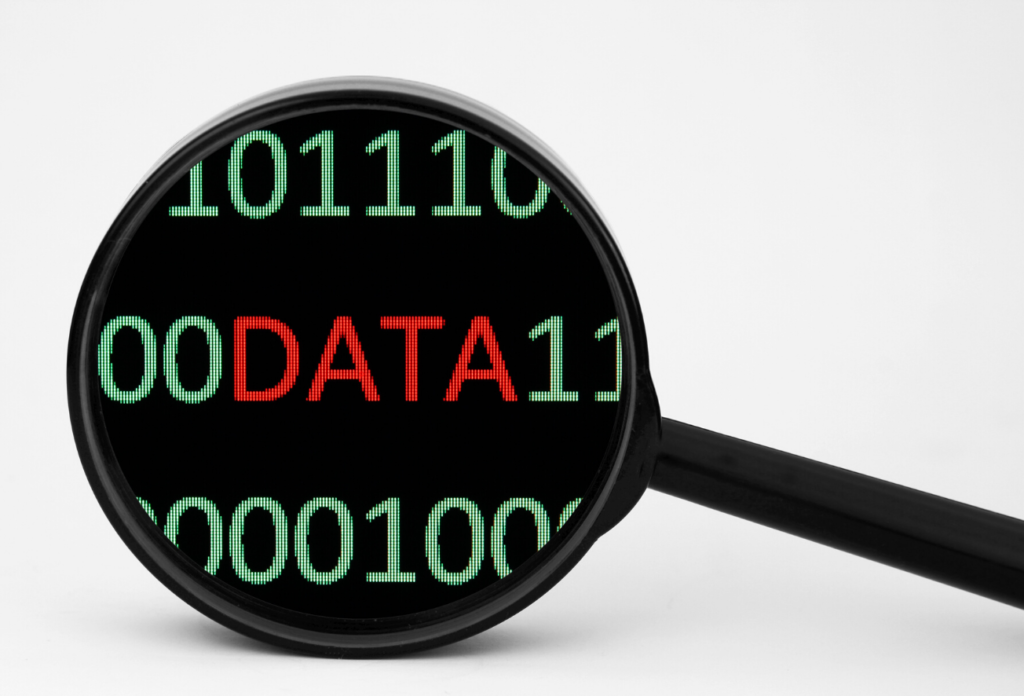Legacy Data Management: What Are Your Options?
April 23rd, 2020
Legacy data is often hard to manage, as you must deal with disparate systems. Enjoy easier accessibility and portability with legacy data management.

Data is the foundation of decision-making. When you have the ability to aggregate data from multiple systems, you can drive insights and accelerate implementations. But what are you doing with legacy data? With a strategic legacy data management plan, you’ll have more flexibility around accessibility and portability.
Legacy data shouldn’t be a challenge to your operations. Let’s look at what your options are.
Legacy Systems Are Impeding You
If you currently must keep legacy systems running to store your data, then you are well aware of the pain points. Large healthcare systems and other industries typically have a long list of applications from EHRs to ERPs to business intelligence platforms. Those legacy systems still running are actually a huge roadblock for most organizations.
You may need to retain the data to meet record retention guidelines or still want to analyze that data to develop predictive models or other intelligence. The problem lies in the fact that a legacy system may not be integrated with your applications. Further, it may no longer be supported, especially if it’s a software sunset, which could leave you open to risk.
So, what’s your legacy data management plan?
Legacy Data Management Options

Depending on how you’ll use legacy data, you have multiple options that allow you to completely decommission these old systems and provide you the operability you need.
Converting Legacy Data
In some cases, you may want to migrate legacy data to a new system. A data conversion facilitates this move. Due to data complexity, its privacy and security mandates, and its structure, this isn’t a simple process.
Data conversions, especially in healthcare, are a specialty niche. It’s a lot more than copying and pasting. Filed mapping, encryption, and validation are all critical for a successful data conversion.
Archiving Legacy Data
Many healthcare organizations choose to archive their legacy data. By using a web-based, secure archiving tool, you can retain access to patient records, images, and other data elements with ease.
By employing data archiving, you can completely retire your legacy system, saving you time and money. Just be aware that not all legacy archiving systems are designed the same. There are vital questions you should ask when choosing a platform.
Moving Legacy Data
A third option is to move legacy data to a completely different application. It’s possible records from your old EHR need to be shared with decision support systems or chronic condition management platforms. In this case, it’s not really a conversion because you aren’t mapping to a system that works the same.
Instead, you’d want to consult with a data sharing provider. Data sharing should provide a seamless and compliant exchange of merging new data into this new application. This may require custom programming to ensure accuracy and that records amend accordingly.
Your legacy data may help you with the big picture questions you are trying to solve. It’s not obsolete or in need of a purge; it simply needs to be moved to serve a greater purpose.
Other Considerations: Data Cleaning
Before you determine what option works best for you, you’ll also need to think about the quality of the data. Pushing dirty data into new systems will cause new problems. Data cleaning can be time-consuming, so be sure that your data management provider can deliver this service as well.
Legacy Data Management: Is Your Data Working for You?
The value of your data is only as good as its quality, accessibility, interoperability, and portability. If it’s sitting in silos, it’s not going to work for you. If you need legacy data solutions, tap our data management experts. We have decades of experience managing data with conversions, archiving, and sharing capabilities. Get in touch to see how we can assist.